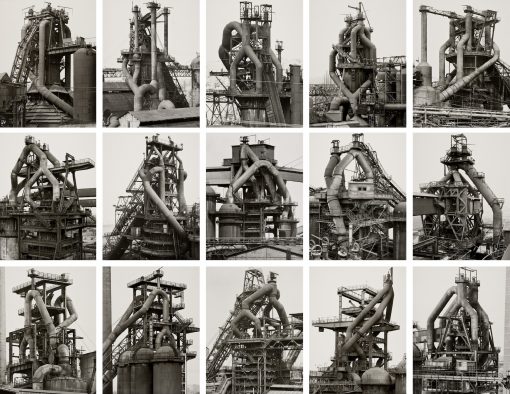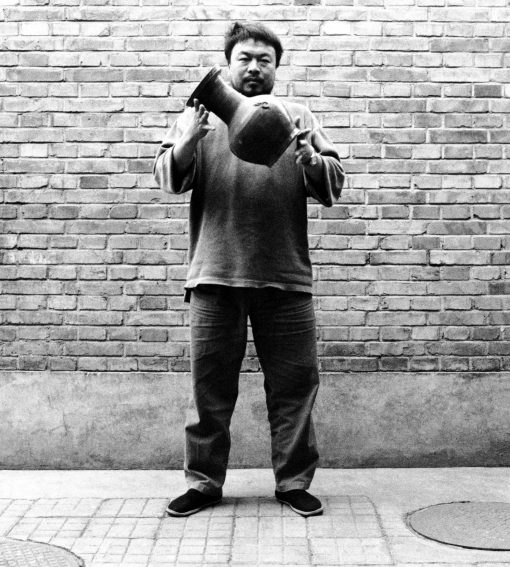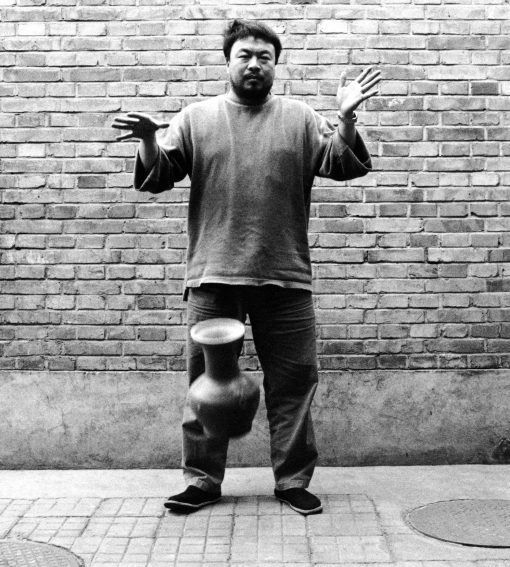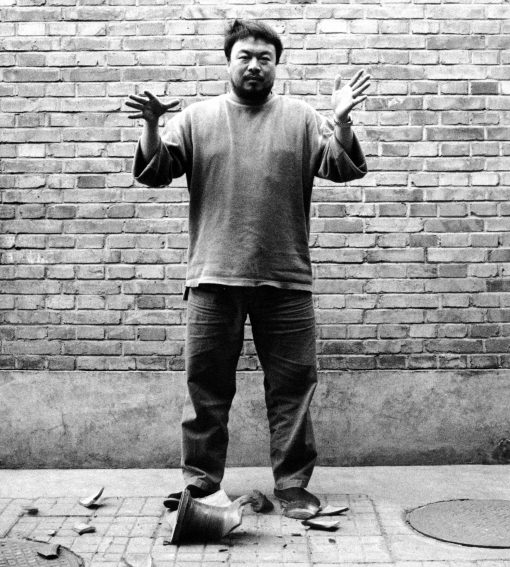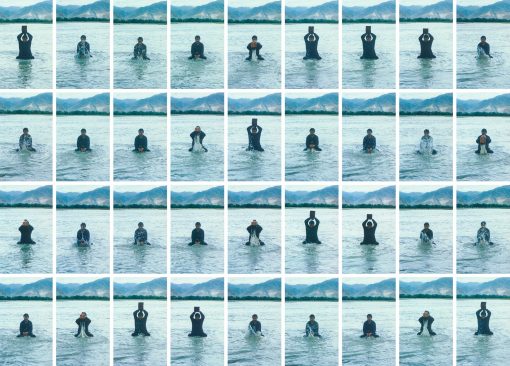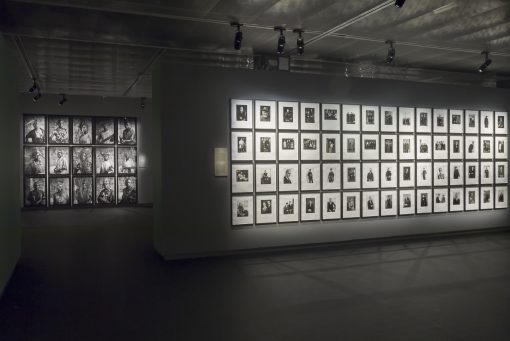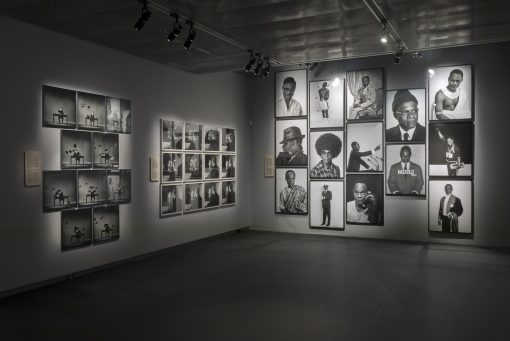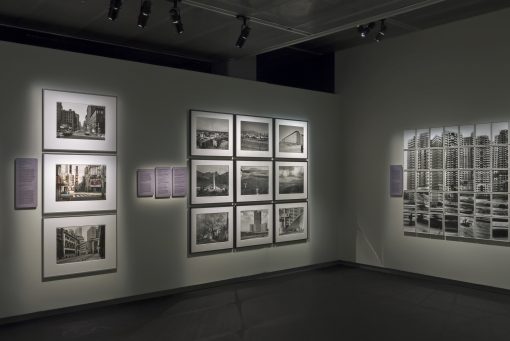Time and Again
Photography from The Walther Collection
Fotografiska, Stockholm
2/12/2016 — 5/15/2016
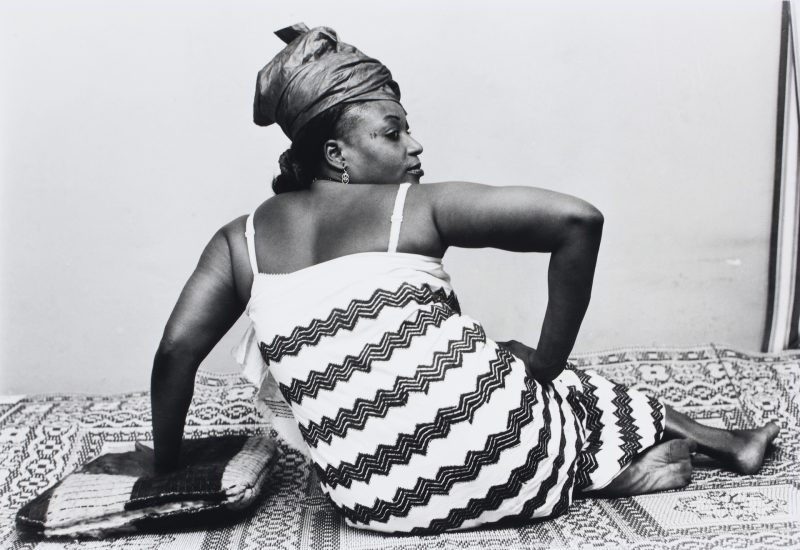
Fotografiska, Stockholm
2/12/2016 — 5/15/2016
The Walther Collection is pleased to announce Time and Again: Photography from The Walther Collection, an extensive exhibition drawn from the collection's holdings. Presented by Fotografiska in Stockholm, Sweden, Time and Again includes more than 800 images from the 1880s to the present.
Highlighting the profound influence of Karl Blossfeldt, August Sander, and Bernd and Hilla Becher—artists associated with establishing the visual language of objective, ordered, and serial imagery—the exhibition demonstrates how photography has developed from being a tool for documentation to being an instrument with which to reflect social and political processes and personal stories. Traversing decades and crossing national borders, Time and Again shows a wide variety of contemporary works, from inventories of urban spaces and vernacular architecture, and visual diaries and performance art, to portraits by artists from Europe, Asia, Africa, and the United States.
Critical to all the artists in Time and Again is the notion of time, and its passage. A suite of images from the 1880s by Eadweard Muybridge visualizes time through stop-action effect, displaying successions of human movements in a precursor to motion pictures. Later photographers in the exhibition not only record sequences of events in time, but also make time, and its deteriorating effects, their theme. The grids of outmoded industrial structures by Bernd and Hilla Becher catalogue and preserve architectural forms in typologies, just as Ai Weiwei's triptych Dropping a Han Dynasty Urn (1995) records the sequential destruction of a valued cultural artifact. Preservation or veneration of cultural patrimony becomes an expression of national political affiliation.
A preoccupation with time inevitably engages with forms of performance. The record of sequential events through time, as in a diary, or the notation of an act as ephemeral and the mark of breath on a mirror, can be actions with profound effects and meanings. Song Dong's installation Printing on Water (2003), a documentation of the artist repeatedly stamping the word "water" on the Lhasa River in Tibet, has distinct political resonance, evoking the spirituality of the sacred river in the face of ongoing struggles between China and Tibet. In another mode, Nobuyoshi Araki's diaristic 101 Works for Robert Frank (Private Diary) is a notation of aspects of everyday life—including women in erotic poses, still lifes, landscapes, interiors with a cat, and shots of the sky—all reflecting a poetic banality as the artist mourned the death of his wife.
The expansive diversity of works in Time and Again broadly illustrates significant global developments in contemporary photography, finding precedents in the typological organizations of key historical photographers, while looking forward to the applications of these rational models in 21st century image making.
Initially opened in Stockholm in 2010, Fotografiska is one of the world's largest meeting places for contemporary photography and presents four unique large exhibitions and about 15-20 minor exhibitions every year. The institutions also offers photography courses, lectures and workshops for both beginners and professional photographers. In addition, the former customs house from 1906 includes a book and souvenir shop, a restaurant, and a gallery of photographs for sale.
Fotografiska
Stadsgårdshamnen 22
116 45 Stockholm
Sweden
+46 8 50 900 500
www.fotografiska.com
